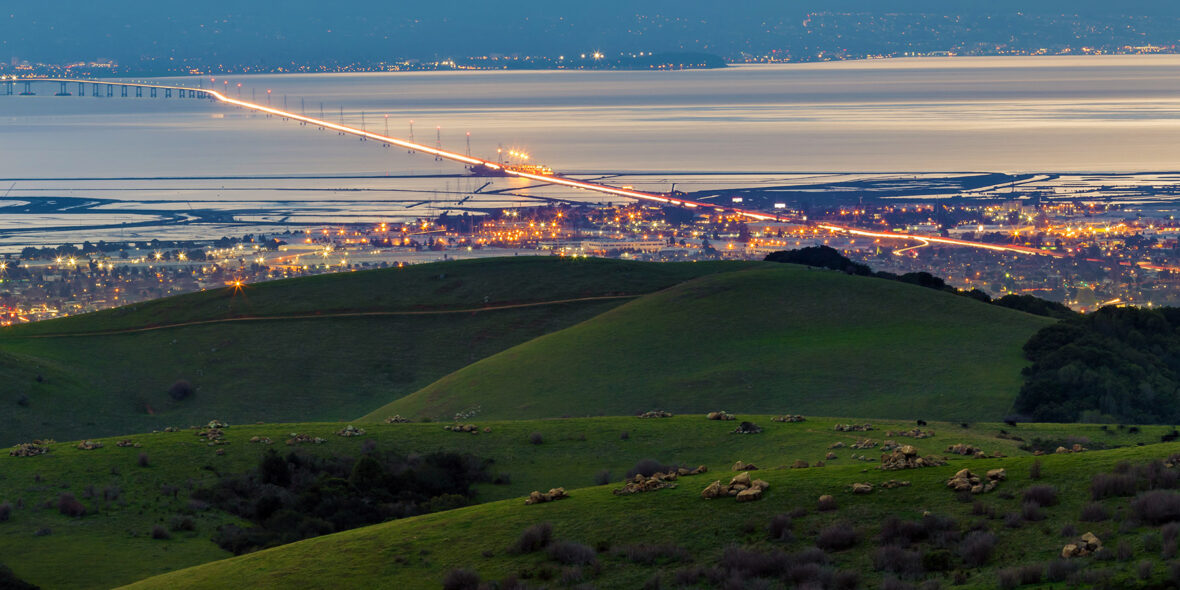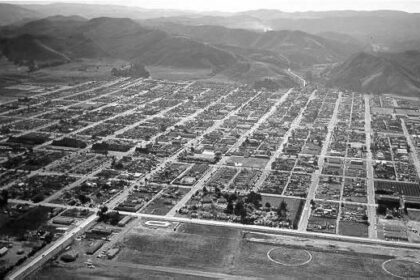Hayward is a city located in Alameda County, California in the East Bay subregion of the San Francisco Bay Area. Take a look below for 20 fascinating and awesome facts about Hayward, California, United States.
1. With a population of 162,954 as of 2020, Hayward is the sixth largest city in the Bay Area and the third largest in Alameda County.
2. Hayward was ranked as the 34th most populous municipality in California.
3. It is included in the San Francisco–Oakland–San Jose Metropolitan Statistical Area by the US Census.
4. It is located primarily between Castro Valley, San Leandro and Union City, and lies at the eastern terminus of the San Mateo–Hayward Bridge.
5. The city was devastated early in its history by the 1868 Hayward earthquake.
6. From the early 20th century until the beginning of the 1980s, Hayward’s economy was dominated by its now defunct food canning and salt production industries.
7. Human habitation of the greater East Bay, including Hayward, dates from at least 4000 BC. The most recent pre-European inhabitants of the Hayward area were the Native American Ohlone people.
8. In the 19th century, the land that is now Hayward became part of Rancho San Lorenzo, a Spanish land grant to Guillermo Castro, in 1841.
9. The site of his home was on the former El Camino Viejo, or Castro Street (now Mission Boulevard) between C and D Streets, but the structure was severely damaged in the 1868 Hayward earthquake, with the Hayward Fault running directly under its location.
10. Most of the city’s structures were destroyed in the earthquake, the last major earthquake on the fault. In 1930, that site was chosen for the construction of the City Hall, which served the city until 1969.
11. William Dutton Hayward arrived during the gold rush and “squatted” as he began to build a house next to the creek at the site of the old Polamares School. Guillermo Castro’s Vaqueros came by one day and told Hayward to get off of Castro’s property.
12. William did leave, but went to Guillermo Castro directly and asked to buy a piece of his land. Castro sold him the area of what was east of Castro Street, now Mission Blvd. and the north side of A Street.
13. William Hayward built a grand hotel on the property. He and his wife ran the hotel, which eventually burned to the ground around 1916.
14. Hayward was originally known as “Hayward’s”, then as “Haywood”, later as “Haywards”, and eventually as “Hayward”. There is some disagreement as to how it was named. Most historians believe it was named for William Dutton Hayward, who opened a hotel there in 1852.
15. The U.S. Geological Survey Geographic Names Information System states the city was named after Alvinza Hayward, a millionaire from the California Gold Rush.
16. Regardless of which Hayward the area was named for, the name was changed to “Haywood” when the post office was first established in 1860.
17. Castro emigrated to Chile with most of his family in 1864 after he lost his land in a card game. His name survives in the community of Castro Valley, located in the valley next to Hayward, which Castro used to pasture his cattle. The ranch was split up and sold to various locals, William Hayward among them. William Hayward’s fortunes took a turn for the grander when he constructed a resort hotel, which eventually grew to a hundred rooms. The surrounding area came to be called “Hayward’s” after the hotel.
18. William Hayward eventually became the road commissioner for Alameda County. He used his authority to influence the construction of roads in his own favor. He was also an Alameda County supervisor. In 1876, a town was chartered by the State of California under the name of “Haywards”. The name of the post office was then able to change because of the loss of the apostrophe before the “s”. This change occurred in 1880.
19. It remained “Haywards” until 1910 when the “s” was officially dropped. William Hayward died in 1891.
20. Hayward grew steadily throughout the late 19th century, with an economy based on agriculture and tourism. Important crops were tomatoes, potatoes, peaches, cherries, and apricots. Hunt Brothers Cannery opened in 1895. Chicken and pigeon raising also played important roles in the economy. A rail line between Oakland and San Jose, the South Pacific Coast Railroad, was established but later destroyed in the 1868 earthquake.




